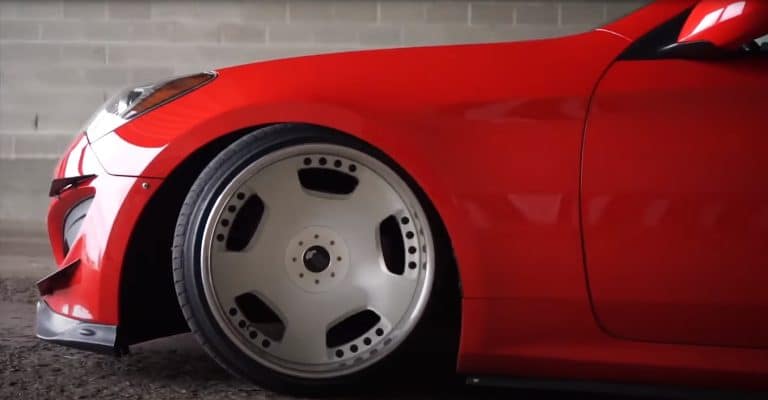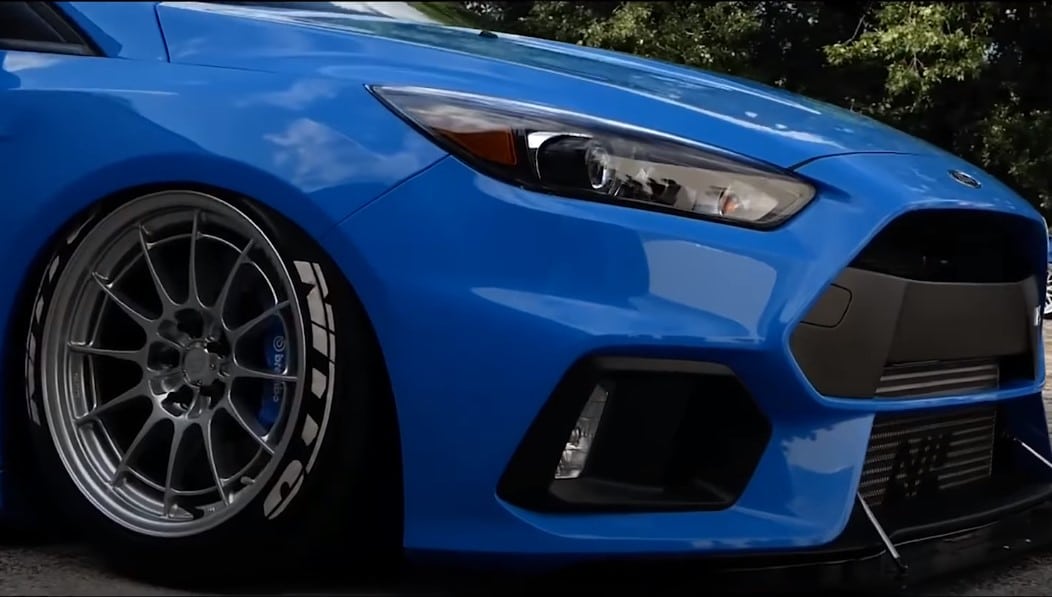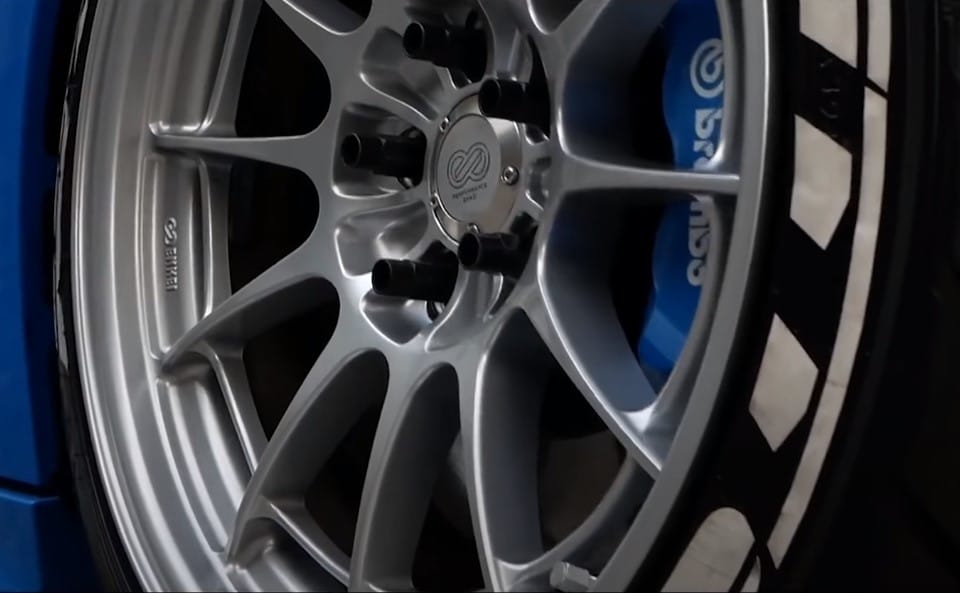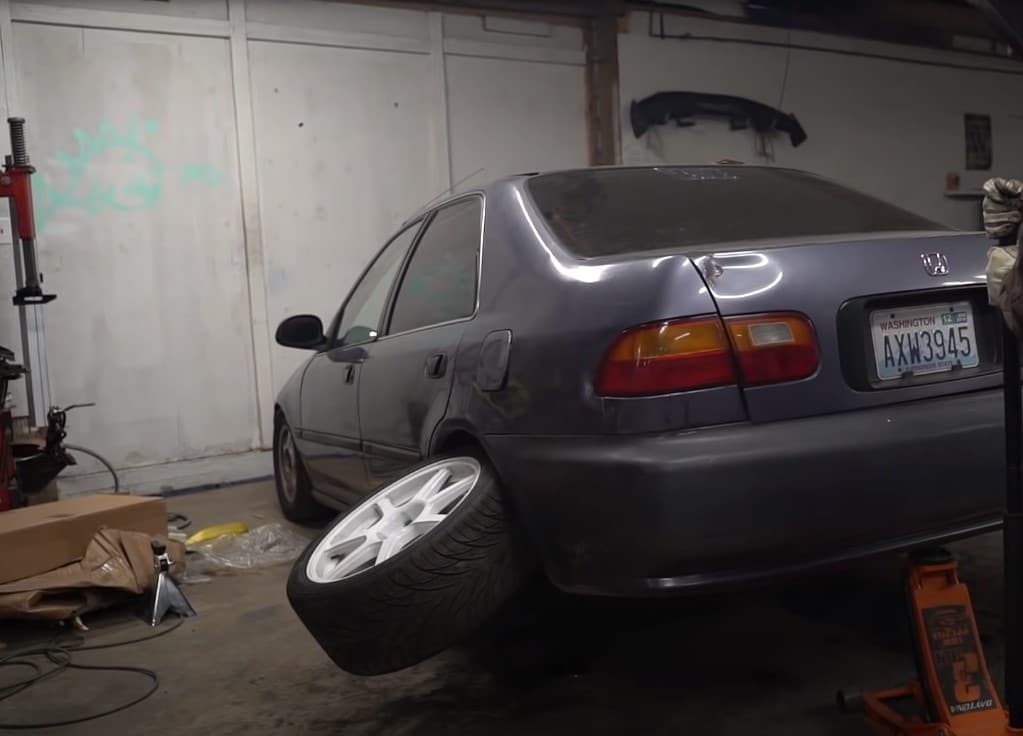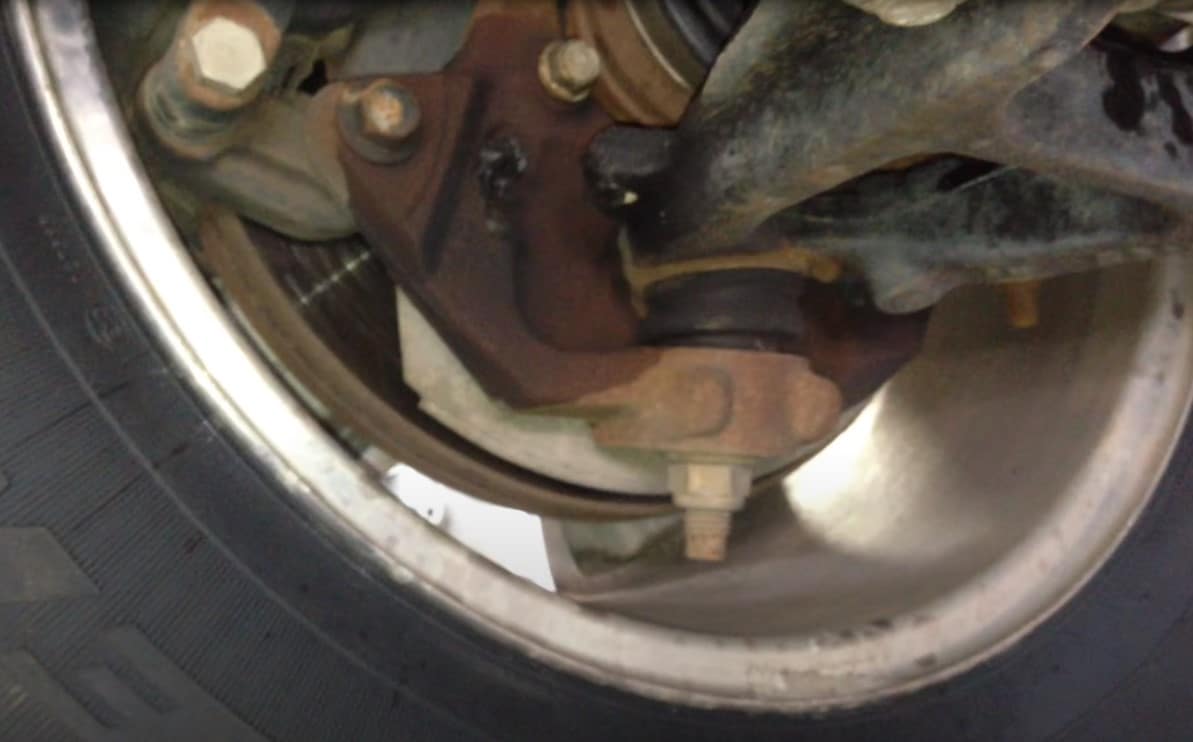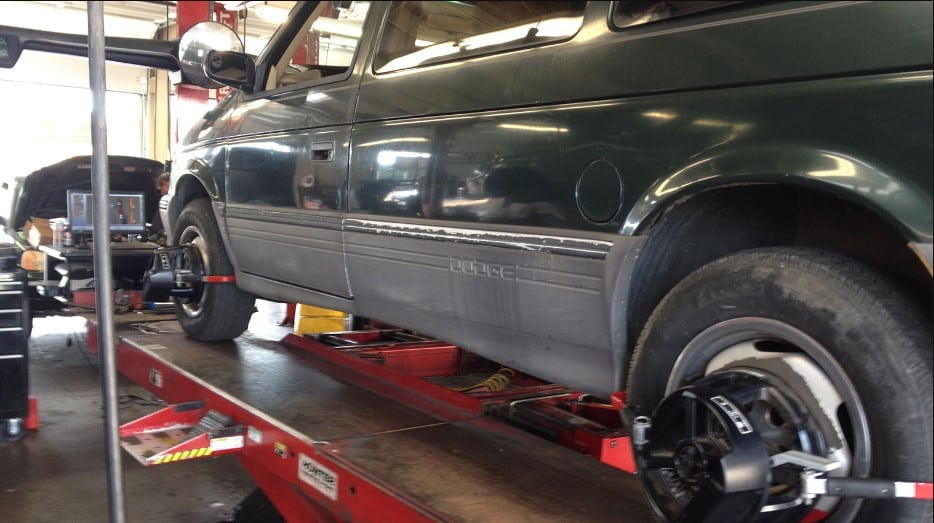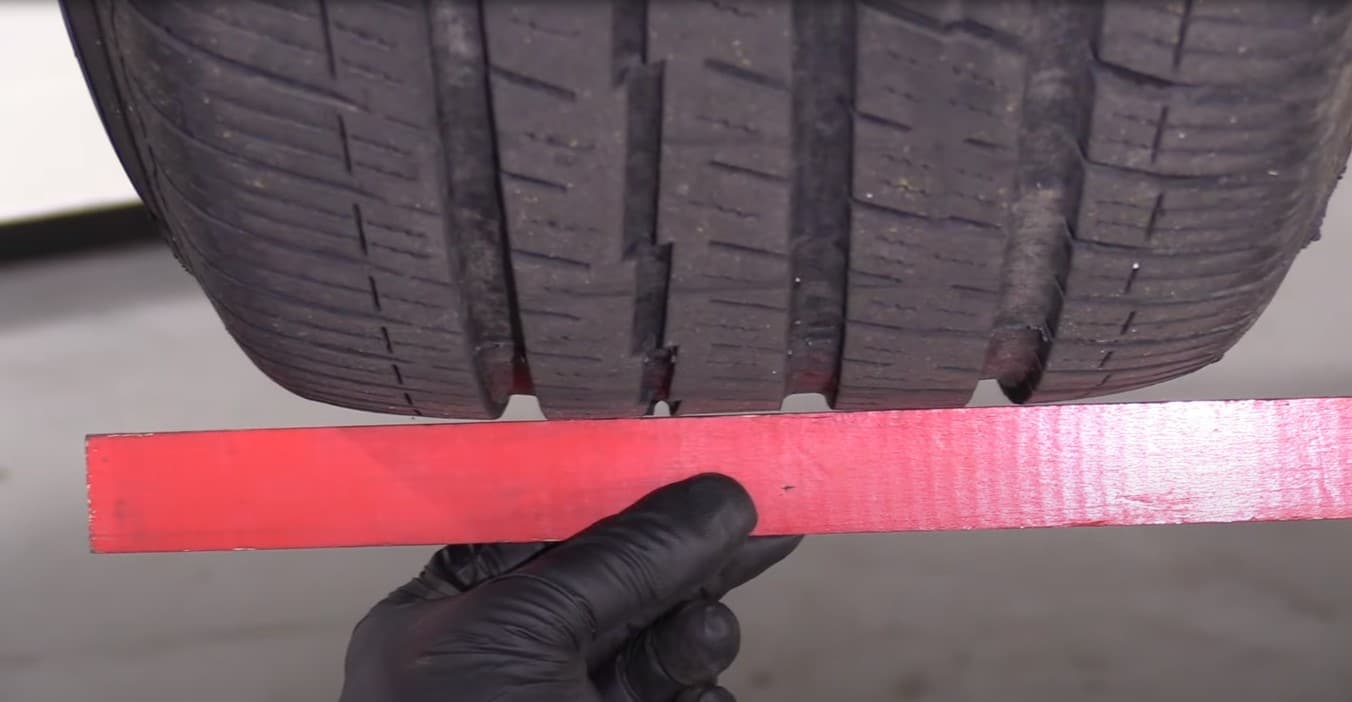What Is Camber On A Car? Camber on a car is an important suspension setting that affects a vehicle’s handling, contact with the road, and overall performance. It defines the angle of the wheel in relation to the ground when viewed from the front or back of the car. Adjusting camber can improve driving characteristics such as cornering, braking, and acceleration.
Understanding your car is an integral part of being a good driver and vehicle owner. Whether you’re experienced in car maintenance or just becoming more aware of what goes into taking care of a car, there are plenty of pieces to the puzzle.
One such component to be aware of is the camber on a car – what it does and how it works can have an effect on not only safety but performance as well. In this blog post, Rich’s automotive will unpack everything you need to know about camber on your own vehicle so that you can make sure your ride is running its best!
What Is Camber On A Car And Why Is It Important?
Camber refers to the angle of a vehicle’s wheels in relation to the road surface. In simpler terms, it’s the tilt of the wheels either toward or away from the centerline of the car. Camber on a car is used to distribute the load across the entire tread, which allows for an ideal contact patch with the road.
Camber plays a main role in the stability of your vehicle when you’re cornering and braking as it affects how evenly the tire and pavement meet. If camber settings are too far off from what they should be, your car will feel unstable and difficult to control. You may also experience increased tire wear due to uneven contact with the pavement.
By properly adjusting camber settings, you can improve your vehicle’s cornering, acceleration, braking as well as overall performance levels. Additionally, having proper camber settings will help extend the life of your tires, meaning fewer replacements and less money spent on tires in the long run.
Types Of Cambers On Cars
There are two types of camber on cars, which can vary depending on the type of vehicle and its suspension system. The two main types are positive camber and negative camber. Positive camber is when the top of the wheel tilts out away from the car’s centerline and negative camber is when it leans inward toward the centerline.
Positive Camber
Positive camber is an advantageous setup for race cars and other high-performance vehicles, as it enhances handling due to the top of the wheel tilting outward from its centerline. On road car setups, however, too much positive camber can actually be a detriment since excessive tire wear on the outside edge will reduce performance over time.
Negative Camber
Negative camber is most commonly used in road cars and other vehicles that don’t often see high-speed cornering. Its purpose is to increase the tire’s contact patch during turns, resulting in improved stability at higher speeds. That being said, too much negative camber can cause excessive wear on the inner edges of the tire, leading to a reduction in performance as well.
Along with that, you should also learn about “How Much To Wrap A Truck“
How Can You Tell If Your Car Needs A Camber Adjustment?
It’s important to keep an eye on your vehicle’s camber settings in order to ensure optimal performance and safety. Luckily, there are a few tell-tale signs that can let you know if it may be time for a camber adjustment. Some of the most common indicators that you need a camber adjustment include:
Uneven tire wear
This is the most obvious sign that your car needs a camber adjustment. If you observe that one side of the tire is wearing more than the other, it means that the camber angle is not set properly. The camber angle refers to the angle at which the tire is tilted inward or outward when viewed from the front. An incorrect camber angle can cause the tire to be angled in such a way that it rubs against the road surface and wears out faster.
Pulling to one side
If your car is pulling to one side or the other while driving, it could be an indicator of a camber issue. When the camber angle is not set properly, the tires will not be able to grip the road evenly, causing the vehicle to pull in one direction.
Decreased fuel efficiency
If you’ve noticed that your car’s fuel efficiency has decreased, it could be due to an incorrect camber angle. When the tires are not gripping the road evenly, it takes more energy for the car to move forward, resulting in increased fuel consumption.
Poor handling
If your vehicle is not handling properly at higher speeds, it could be due to an incorrect camber angle setting. Improper camber angles can cause the car to oversteer or understeer in corners, resulting in decreased control and stability.
Steering wheel vibration
If you experience a vibration in the steering wheel while driving, it could be an indication of improper camber angle settings. Vibrations are caused by the tires not making even contact with the road surface, which can lead to a decrease in handling and performance.
It’s important to address a camber issue as soon as you notice any of the above symptoms. A camber adjustment can be performed by a professional mechanic and typically involves adjusting the suspension components to set the camber angle correctly. This will help ensure that your tires wear evenly, improve handling and stability, and prevent any potential safety hazards while driving.
How Do You Adjust Camber On A Car
In order to ensure optimal performance and safety, it’s important to make sure your car’s camber angle is properly adjusted. This can be done relatively easily by following these steps.
Step 1: Prepare the Vehicle
Before you begin making any adjustments to the camber angle, you need to prepare the vehicle for the adjustment process. First, you should jack up the car and secure it with jack stands on both sides of the axle that needs to be adjusted. Then, remove the wheels from both sides so that you can access the suspension components.
Step 2: Locate the adjustment points
Depending on the type of suspension your vehicle has, the adjustment points may be different. On most vehicles, the camber angle is adjustable at the upper control arm, the lower control arm, or the strut assembly. Once you have located the adjustment points, you will need to loosen the bolts so that you can make changes to the camber angle.
Step 3: Adjust the camber angle
Once the bolts have been loosened, you can begin adjusting the camber angle. For most vehicles, a small change in the camber angle can be made by simply turning the bolt clockwise or counterclockwise. However, if your vehicle has an adjustable control arm, you may need to use a pry bar to slightly rotate the control arm in order to change the camber angle.
Step 4: Test drive the vehicle
After you have made the necessary adjustments, it’s important to test drive the vehicle to see how it handles. If you notice that the vehicle is still pulling in one direction, or if there are any other issues with handling, you may need to make further adjustments.
Step 5: Re-tighten bolts
Once you have tested the car and confirmed that the camber angle is set correctly, you should re-tighten all of the suspension bolts. This will help ensure that the adjustments remain in place and prevent any further issues with performance or safety.
It’s important to remember that the camber angle can be slightly different on each side of the vehicle, so it’s best to check both sides before making any adjustments. Additionally, you should also have your alignment checked periodically in order to make sure all four wheels are aligned properly and that there is no excessive wear occurring on any of the tires.
Professional opinion: Camber is one of the most important aspects to consider when setting up a vehicle for proper handling, traction, and stability. It’s imperative that you have a professional mechanic check the camber angle and properly adjust the suspension components when necessary. This will help ensure that your car is performing correctly, prevent premature tire wear, and improve safety on the road.
Tips For Setting Camber
Setting your camber angle correctly is important for optimal performance and safety, so it’s important to take the time to do it properly. Here are a few tips to help you get the most out of your car’s suspension system:
Gather the necessary tools
Before starting the camber adjustment, gather the necessary tools, including a camber gauge or digital camber meter, jack stands, a floor jack, a wrench or socket set, and any other special tools that are required for your particular vehicle.
Check camber regularly
Your camber angle may change over time due to normal wear and tear, road conditions, and other factors. In order to ensure optimal performance, it’s important to check the camber regularly and make adjustments when necessary.
Have a professional check it
If you’re unsure how to adjust the camber angle on your own or if you’re experiencing any issues with handling, it’s best to have a professional mechanic check the alignment for you. They will be able to properly set up the suspension system so that your car is performing optimally.
You should find more useful knowledge about “Why Is My Blinker Blinking Fast?“
Be mindful of toe
When setting a camber, it’s important to also consider the vehicle’s toe angle and make sure that it is set properly in relation to the camber angle. Improperly aligned toe angles can cause uneven tire wear and adversely affect performance.
Take notes
It’s a good idea to take notes while adjusting the camber angle so that you have a record of all changes that were made. This will help you keep track of any changes that may need to be made in the future.
Following these tips will help ensure that your car is performing optimally and improve safety on the road. Remember to always have a professional mechanic check your camber angle if you’re unsure how to do it properly, as even small adjustments can have a big impact on the performance of your vehicle.
Do All Cars Have Camber?
Yes, every vehicle has factory specifications for suspension geometry, including camber. The exact angle will vary depending on the make and model of your car, but generally speaking, most vehicles have a slightly negative camber angle to allow for optimal handling.
It’s important to note that cars with lowered suspensions or those that are driven mainly in racing conditions may require more aggressive camber angles in order to maximize performance. Additionally, some aftermarket parts, such as adjustable camber arms or cam bolts, can be used to further adjust the angle of the wheels to optimize grip and handling.
In conclusion, every car has camber angles set by manufacturers according to their specific needs. It’s important to understand these angles and make sure they are properly adjusted to maximize performance and safety on the road. Additionally, aftermarket parts can be used to further customize your camber angle for specific applications.
How Does Camber Affect The Handling Of A Car?
Camber helps a car corner more easily and improves handling by pushing the car laterally in the direction that the tire is leaning. When properly adjusted, camber will improve the handling of your car through the additional lateral grip and improved traction. Camber also helps to reduce tire wear and improve the car’s stability at higher speeds.
Ideally, the camber should be adjusted so that it is slightly negative when the vehicle is unloaded (with no passengers or cargo). This ensures that when weight is added to the car, such as when a passenger gets in or when you are driving around a corner, the tires will not be over-stressed and can perform optimally. Camber angle can also be adjusted for particular driving conditions to maximize performance and safety on any given road surface.
In summary, camber plays an important role in improving your car’s handling by providing additional lateral grip and improved traction. Properly adjusting your camber angle can help to reduce tire wear and improve stability at higher speeds.
How Does Camber Impact Alignment?
Camber angle is one of the four main components that make up a vehicle’s suspension system, and as such, plays an important role in alignment. If your camber angle is improperly set, it can lead to uneven tire wear or reduced performance on the road.
Correctly setting your camber angle will ensure optimal handling and improved safety on the road. This is especially important for vehicles that are driven mainly in racing conditions or those with lowered suspensions. Properly aligning your camber angle can help reduce tire wear and improve stability at higher speeds.
Additionally, if you have aftermarket parts installed on your vehicle, such as adjustable camber arms or cam bolts, they can also be used to further customize the camber angle in order to optimize performance and safety on the road.
How Is Camber Measured?
Camber is typically measured with a camber gauge, which is a special tool designed to accurately measure the angle of the wheel. This tool looks similar to an angle finder and can be used to determine whether or not the camber angle is within factory specifications. The exact method for measuring camber will vary depending on the make and model of your vehicle, so it’s important to consult a professional mechanic if you’re unsure how to do it properly.
In conclusion, understanding and correctly adjusting your camber angle is key in order to maximize performance and safety on the road. Camber can be measured with a camber gauge, though professional assistance may be required for certain vehicles. In short, properly understanding and adjusting your camber angle is essential when it comes to keeping your car safe and performing optimally on the road.
FAQs about What Is Camber On A Car?
How much camber is normal?
The ideal range for camber is usually between 0 to 2 degrees negative, though this may vary depending on the make and model of your vehicle.
Why is my car pulling to one side?
If your car is pulling to one side, it could be due to an improper alignment or an issue with the suspension system, such as a worn-out part or incorrect settings. It’s best to have a professional check the alignment and suspension system in order to determine the cause of the problem.
How often should I check my camber angle?
It’s recommended that you check your camber angle at least once a year, or whenever you have new tires installed. Additionally, if you notice any changes in the handling of your car, it may be a good idea to have the angle checked. Again, professional assistance may be needed for certain vehicles.
What happens if I have too much camber?
If your camber angle is too high, it can lead to excessive tire wear and decreased performance on the road. Additionally, improper alignment can cause handling issues, such as pulling to one side or poor traction in wet conditions.
Can I adjust my camber myself?
Depending on the make and model of your vehicle, some aftermarket parts may be available that allow you to adjust the camber angle yourself. However, it’s always best to have any suspension system adjustments done by a professional mechanic for safety reasons. Not only can they ensure that everything is set correctly, but they can also provide valuable advice on the best settings for your vehicle.
Does an alignment fix camber?
An alignment can help improve the camber angle, but it doesn’t necessarily fix it. In some cases, additional adjustments may be needed in order to achieve the desired results. Additionally, if there are any issues with the suspension system, such as worn-out parts, they will need to be fixed in order for the camber angle to be properly set.
How do you tell if your camber is off?
If your vehicle is pulling to one side or the tires are wearing unevenly, it may be a sign that the camber angle is off. Additionally, if you notice any changes in the handling of your vehicle, it could also indicate an issue with the alignment. Having a professional check the alignment and suspension system is the best way to determine whether there’s an issue with the camber angle.
How much does it cost to replace the camber?
The cost of replacing a camber angle depends on the type and make of your vehicle as well as the location of the job. Generally, prices range from as low as $5 to as much as $510. It’s always best to consult a professional mechanic for an accurate estimate.
Will camber ruin tires?
If the camber is out of the manufacturer’s range, it can cause handling issues and excessive tire wear, which costs you money. If your camber angle is off, it’s best to have a professional check it right away in order to avoid unnecessary tire damage.
Is it safe to drive with a camber?
It’s not recommended that you drive with any more than a degree or so of camber, as it can make the drivability of your vehicle worse. If your camber angle is off, it’s best to have a professional check and adjust it in order to ensure the safety of your vehicle on the road.
Conclusion for What Is Camber On A Car?
What Is Camber On A Car? Camber is an important setting for any vehicle, as it helps ensure optimal performance and handling. By understanding what camber is, how it affects your car’s performance, and when to have the angle checked, you can ensure that your car is operating at its best.
Now you know all the basics of camber on a car and more. When dealing with a camber on your vehicle, remember that it is important to understand what it is and how it can affect the performance and feel of your ride. Making the necessary changes or adjustments to your car’s alignment can help ensure safety for you, other drivers, and pedestrians alike. Luckily, most of these services are relatively inexpensive and do not take too long to complete.
Hopefully, this article has answered any questions you may have had about camber so now you can confidently monitor your car’s alignment today. For more information regarding camber adjustments or auto repair needs, contact a professional mechanic near you who can offer more in-depth assistance. Finally, be sure to share this post with your friends, car enthusiasts, drivers, and every vehicle owner in your neighborhood as proper alignment maintenance is something we all should prioritize for a positive driving experience!
References
https://www.jdpower.com/cars/shopping-guides/what-is-camber-on-a-car
https://www.carthrottle.com/post/the-ins-and-outs-of-camber
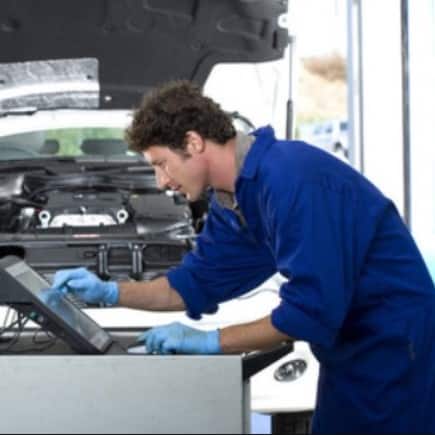
William Moore is an automotive specialist with two decades of experience, ready to give your car the care it needs. He understands all facets of auto maintenance and repair, from oil changes to brake jobs. Working with the latest tools and technologies, he provides complete service on all makes and models of cars. With his attention to detail and commitment to quality workmanship, you can expect excellent results.
